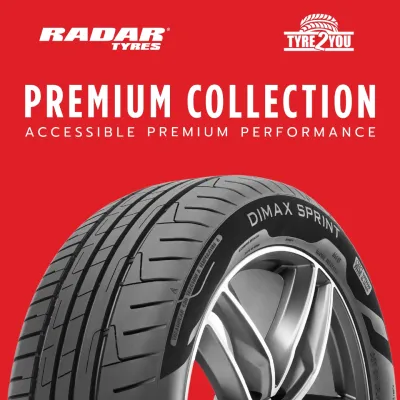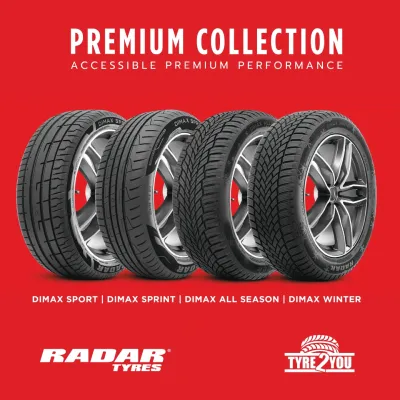What are run-flat Tyres?
Run-flat Tyres are manufactured to keep working for a short amount of time even after you have suffered a puncture. So, there is no need to panic if you happen to suffer from a puncture on a cold, dark night, as you should be able to safely drive home or to the nearest garage to get your Tyre changed. Due to their unique construction, run-flat Tyres significantly reduce the dangers of a Tyre blowout.
How do they work?
Built with reinforced sidewalls, run-flat Tyres guarantee road users a stable, more effective transmission of the vehicle’s power to the road surface, with better handling on corners and faster reaction to turns. Normally, a car is supported by the air in the Tyres, and as soon as you get a puncture, the Tyre begins to collapse. However, run-flat Tyres are designed with tough rubber inserts which temporarily withstand the weight of your vehicle even after a puncture.
How far can you get with a punctured run-flat Tyre?
Once your run-flat Tyre has suffered a puncture, you cannot keep driving on it forever – usually, you will be able to drive at 50mph for another 50 miles. The exact range you can expect from your punctured run-flat Tyre depends on your driving speed, how much weight your vehicle is carrying and the conditions you are driving in.
Vehicles fitted with run-flat as ‘Original Equipment’ (OE)
It is becoming increasingly popular with vehicle manufacturers opting to fit new cars with run-flat Tyres, this means that the vehicle will not come with a spare Tyre or Tyre changing equipment that is usually included.
Fitting ‘conventional’ Tyres to a run-flat equipped vehicle
If your vehicle was fitted with run-flat Tyres, then it is possible for you to be able to change to ‘conventional Tyres.’ However, if the vehicle was designed with run-flat Tyres in mind, you will have to consider buying a new spare Tyre and Tyre changing equipment as this will not have been included before.
Can run-flat Tyres be repaired?
It is advised by most manufacturers that run-flat Tyres should not be repaired. If the damaged Tyre has been driven on, the strength of the Tyre will be compromised. It is then impossible for a fitter to know how long the Tyre was driven on, and if it was driven at a speed recommended after a puncture. Keeping the correct air pressure in your Tyres and taking care of it whilst driving will ensure a longer life for your Tyres.








